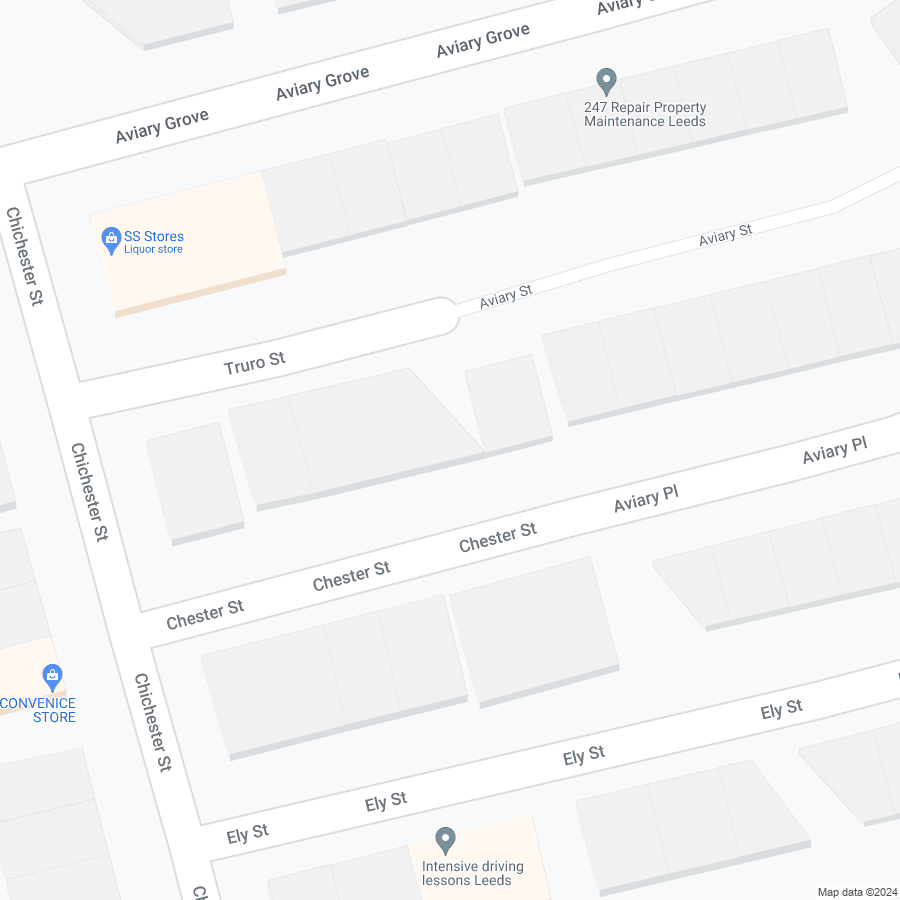Hello all,
Wondering if you might be able to help me with a little old railway research...
Armley in Leeds has an estate with a curious "slot" cut through the housing estate - as seen on this overhead here..

The cut through in question is the one halfway down Truro Street, Chester Street etc that moves at an angle though the houses. The terraces to the west of the cut through are considerably older (late 1880s) that the ones on the east (1905-ish) however they two terraces were never joined up so somthing was here...
If you follow the line it starts to take a curve where it gets to Aviary Mount and then the curve is lost - however if you follow the curve it arrives about here...

This used to be an old 1870's brickworks. The line that this follows is roughly level (not perfectly) but a lot more level than other routes would be.
I'm guessing it's an old narrow gauge line for getting bricks out the works to the mainline - or perhaps not even that could even be a basketway of some kind. Just wondered if anyone on here could shed more insight?
Thanks.
Wondering if you might be able to help me with a little old railway research...
Armley in Leeds has an estate with a curious "slot" cut through the housing estate - as seen on this overhead here..
The cut through in question is the one halfway down Truro Street, Chester Street etc that moves at an angle though the houses. The terraces to the west of the cut through are considerably older (late 1880s) that the ones on the east (1905-ish) however they two terraces were never joined up so somthing was here...
If you follow the line it starts to take a curve where it gets to Aviary Mount and then the curve is lost - however if you follow the curve it arrives about here...
This used to be an old 1870's brickworks. The line that this follows is roughly level (not perfectly) but a lot more level than other routes would be.
I'm guessing it's an old narrow gauge line for getting bricks out the works to the mainline - or perhaps not even that could even be a basketway of some kind. Just wondered if anyone on here could shed more insight?
Thanks.
